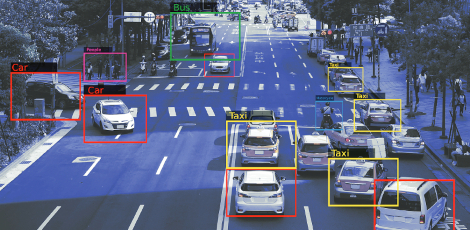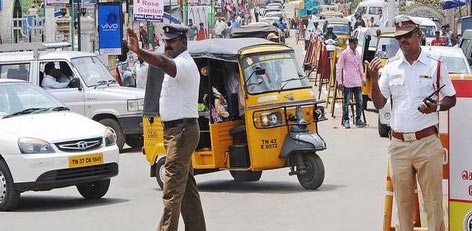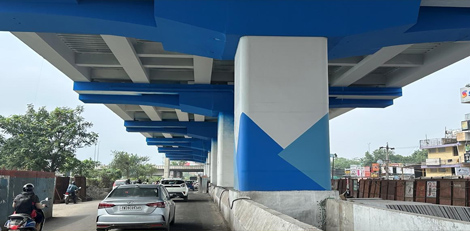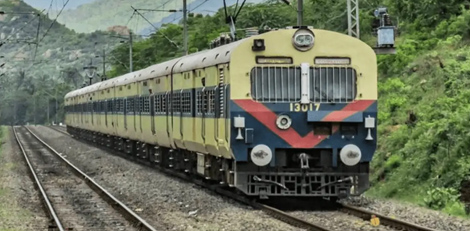Testing of smart traffic systems in Spencers Jn, Teynampet, T. Nagar etc now in Chennai!!
Posted on: 27/Oct/2023 9:28:49 AM

In Chennai traffic signals, vehicles have to wait for a long time. To reduce this, GCTP or Greater Chennai Traffic Police are planning now for total or partial closure of traffic signals under the Smart Traffic System. Sixty five traffic signals in Chennai where the waiting time is more than 15 minutes have been identified by GCTP. Important piece of information is that the proposal is now tested in traffic signals present in places like Spencer`s, Teynampet and T. Nagar etc. The GCTP are also having plans to extend this to other places like OMR, EVR Salai and 100 feet road etc in Chennai.
The vehicles are allowed to go on one side in places like Nandanam and Spencer`s etc as the traffic signals have been partially closed. For the vehicles to take right or U turn, media U turn intersections have been put up for the vehicles now. The traffic signal in T. Nagar has been totally closed now.
According to the additional commissioner (Traffic), GCTP, Mr. R. Sudhakar, every traffic signal in the city has been analysed on traffic and types of vehicles that pass through the signals. In those signals where new changes were implemented, delay time has come down considerably now.
It is superb to note that the waiting time at the T. Nagar traffic signal has come down to 45 sec from 6 minutes. Mr. Sudhakar explained that the GCTP have been implementing the changes on pilot basis and based on the feedback the changes would also be extended to other traffic signals also.
It must be recalled that similar changes were implemented in Coimbatore also. It was later revealed by an engineer from Highways dept that the main aim was to reduce the waiting time at the traffic signals. It was confirmed by a study from the Highways dept that at T. Nagar traffic signals more than 60% of the vehicles move straight and the rest 40% take turns. He concluded that those vehicles that move straight here could pass without any delay and waiting time for turning vehicles was reduced to a maximum of 45 seconds.







